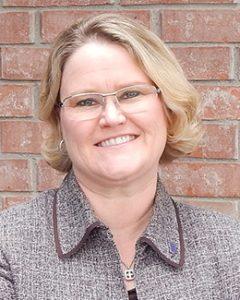IDEAS
Through storms to safe harbor
By Jo Beth Jimerson and Cara Jones
Categories: Change management, Leadership, Social & emotional learning, System leadershipApril 2024
Read the remaining content with membership access. Join or log in below to continue.
Sed ut perspiciatis unde omnis iste natus error sit voluptatem accusantium doloremque laudantium, totam rem aperiam, eaque ipsa quae ab illo inventore veritatis et quasi architecto beatae vitae dicta sunt explicabo. Nemo enim ipsam voluptatem quia voluptas sit aspernatur aut odit aut fugit, sed quia consequuntur magni dolores eos qui ratione voluptatem sequi nesciunt. Neque porro quisquam est, qui dolorem ipsum quia dolor sit amet, consectetur, adipisci velit, sed quia non numquam eius modi tempora incidunt ut labore et dolore magnam aliquam quaerat voluptatem.
References
Bourke, R. & Loveridge, J. (Eds). (2018). Radical collegiality through student voice: Educational experience, policy, and practice. Springer.
Chabris, C.F., Weinberger, A., Fontaine, M., & Simons, D.J. (2011). You do not talk about Fight Club if you do not notice Fight Club: Inattentional blindness for a simulated real-world assault. i-Perception 2, 150-153.
Forbes, H.T. (2012). Help for Billy: A beyond consequences approach to helping challenging children in the classroom. Beyond Consequences Institute.
Fullan, M. (2016). The new meaning of educational change (5th ed.). Teachers College Press.
Hammond, Z. (2018). Culturally responsive teaching puts rigor at the center. The Learning Professional, 39(5), 40-43.
Heifetz, R. & Linsky, M. (2017). Leadership on the line: Staying alive through the dangers of change. Harvard Business Review Press.
Hochschild, A.R. (2012). The managed heart: Commercialization of human feeling. University of California Press.
Khalifa, M. (2020). Culturally responsive school leadership. Harvard Education Press.
Neff, K. (2022). Self-compassion: Theory, method, research, and intervention. Annual Review of Psychology, 74, 193-218.
Smith, D.D. (2022, July 21). How leaders can escape their echo chambers. Harvard Business Review. hbr.org/2022/07/how-leaders-can-escape-their-echo-chambers
Starratt, R.J. (2012). Cultivating an ethical school. Routledge.
Categories: Change management, Leadership, Social & emotional learning, System leadership
Recent Issues
EVALUATING PROFESSIONAL LEARNING
February 2024
How do you know your professional learning is working? This issue digs...
TAKING THE NEXT STEP
December 2023
Professional learning can open up new roles and challenges and help...
REACHING ALL LEARNERS
October 2023
Both special education and general education teachers need support to help...
THE TIME DILEMMA
August 2023
Prioritizing professional learning time is an investment in educators and...













